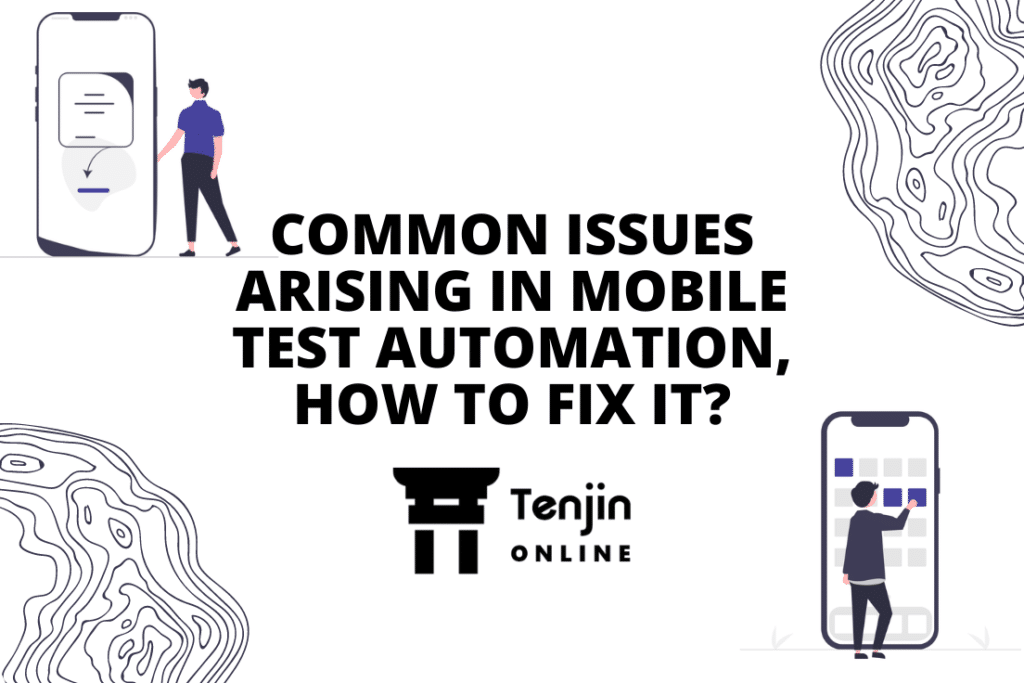
Mobile test automation strategy
Testing of new release mobile apps and their updates is a highly complex affair. To reduce the complexity and accelerate time to value, it is critical that organizations plan out the right testing strategy that will aid in selecting the right mobile test automation tools, workflows, resources, and other operational and infrastructural plans. It is important to carry out strategic planning before taking the critical test implementation steps. Further, a thorough evaluation of the automation strategy will bring fruitful results and help in creating apps of higher quality.
The smartphone industry holds a huge potential to reshape the future with its growing app landscape. The ever-evolving mobile app market has offered a greater convenience with its on-the-go service, which has led to about 80% of the world population using smartphones. As the dependency on mobile apps is skyrocketing, it has created immense pressure among app development companies to come up with unique and innovative apps to sustain and succeed in the market.
With the increasing reliance on mobile apps in today’s modern world, it is vital for organizations to constantly update their software to deliver an enriching user experience. However, making new updates available with the addition of new features isn’t enough, it is equally important that these applications are stable and provide a consistent experience across devices. Hence, IT teams should frequently conduct mobile app testing and deployment of these applications. The testing of new updates should not be neglected or delayed, as it may cause deviation from the expected results. Thus, to deliver a seamless mobile app experience, it becomes important for organizations to adopt the right mobile test automation strategy.
Here are a few steps that organizations can take to create a foolproof mobile test automation strategy that will enable them to reduce time, decrease their release cycles and eliminate the Q&A bottlenecks.
Opting for the Right Automation Tool
The most important aspect of any mobile automation strategy is choosing the right mobile automation tool. The tool must be evaluated well to understand its specifications and infer if it is best suited for your requirements. Most of the tools in the market are not able to support every type of mobile application. Thus, they should consider a tool compatible with most mobile apps, or choose one that can enable execution on simulators, emulators, and real devices.
Choosing the appropriate automation framework
After finalizing the right automation tool for mobile app testing, choosing a suitable test automation framework becomes the priority. Frameworks provide an environment where automation test scripts are executed, hence, it is important to choose the right one to avoid any discrepancy. While numerous automation frameworks are available in the market, it should be selected based on the type of user scenarios and the size of the application to be tested. Choosing a well-defined test automation framework enables customers to achieve optimum reusability of test components, develop scripts, and acquire high-quality test automation scripts.
Perform testing on appropriate devices or simulators
Testing the performance as well as the responsiveness of the application is usually conducted on either simulators, emulators, or real devices. While all are good options to perform testing, real devices are often preferred for checking the actual compatibility of the application. It will enable to uphold the quality of application testing while enhancing the application performance across various networks. But, with a mobile test automation strategy, the decision of where to run mobile tests can be concluded based on the specific requirements.
Understanding the type of application to be tested
Before developing a test strategy, it is important to consider the type of application, whether the application is native having deep interactions with the APIs of a device, web application running in mobile browsers, or hybrid application showing the aspects of both. A thorough analysis of each type of application should be conducted, as each has its unique set of requirements. Depending on the type of application, a better understanding of the test execution is gained which will help to reduce cost, enhance test coverage while optimizing automated testing.
Organize test cases
To ensure that the automated test cases yield the expected results, test cases should be created to have clear and concise steps with the requirements for data as well as expected results. The critical part of organizing the tests cases include understanding the types of tests (such as functional and non-functional), planning the key metrics such as type of defects, coverage area, etc. Additionally, they should also consider the test scenarios – applications may face issues such as network problems, traffic, device configuration and much more.
Using automation testing, the overall mobile experience is improved, and code quality check is done in a quick turnaround time. Selecting the right automated testing tool, platform and framework leads to better results and helps achieve market competitiveness.



Leave a Reply
You must be logged in to post a comment.